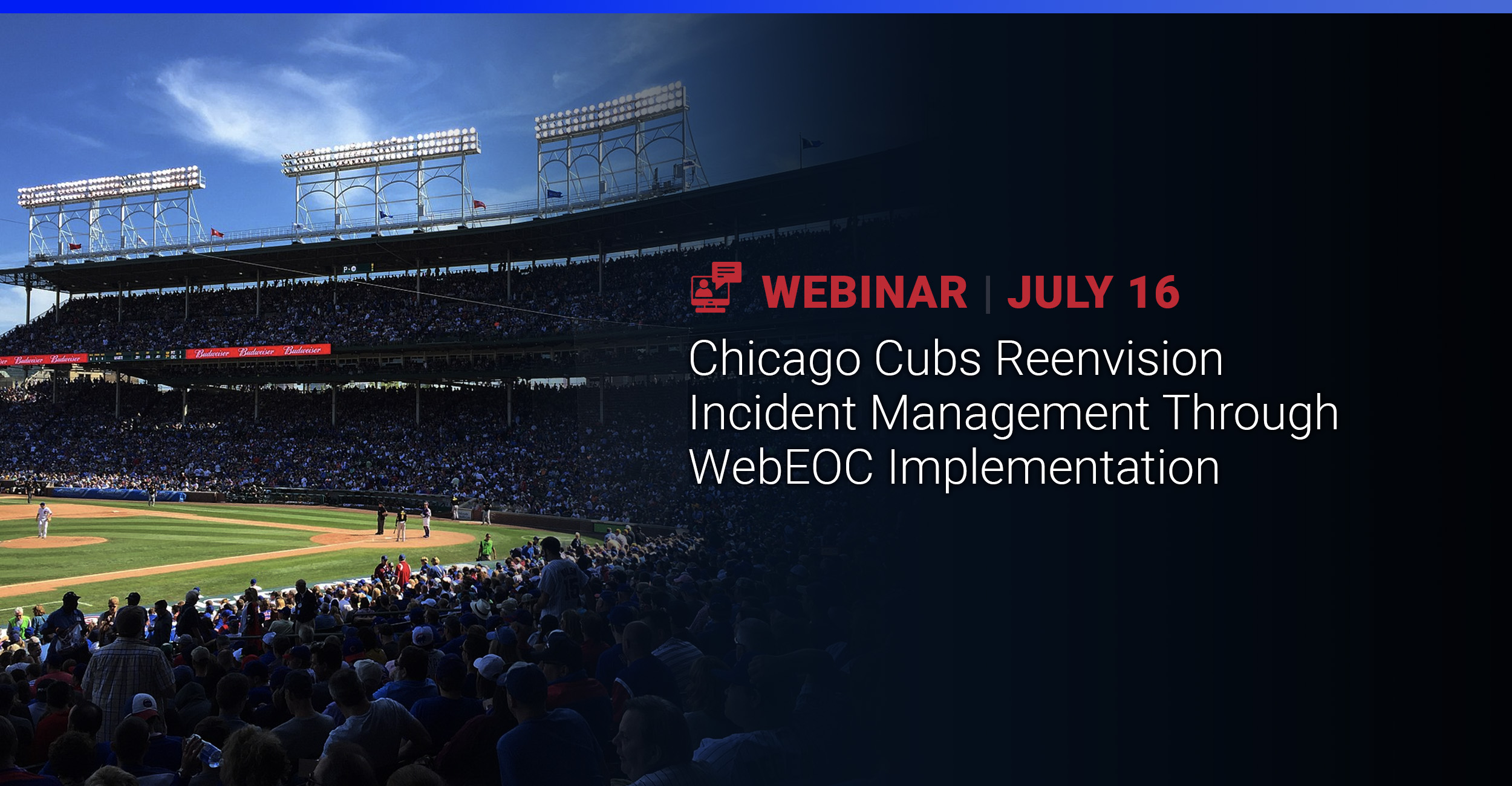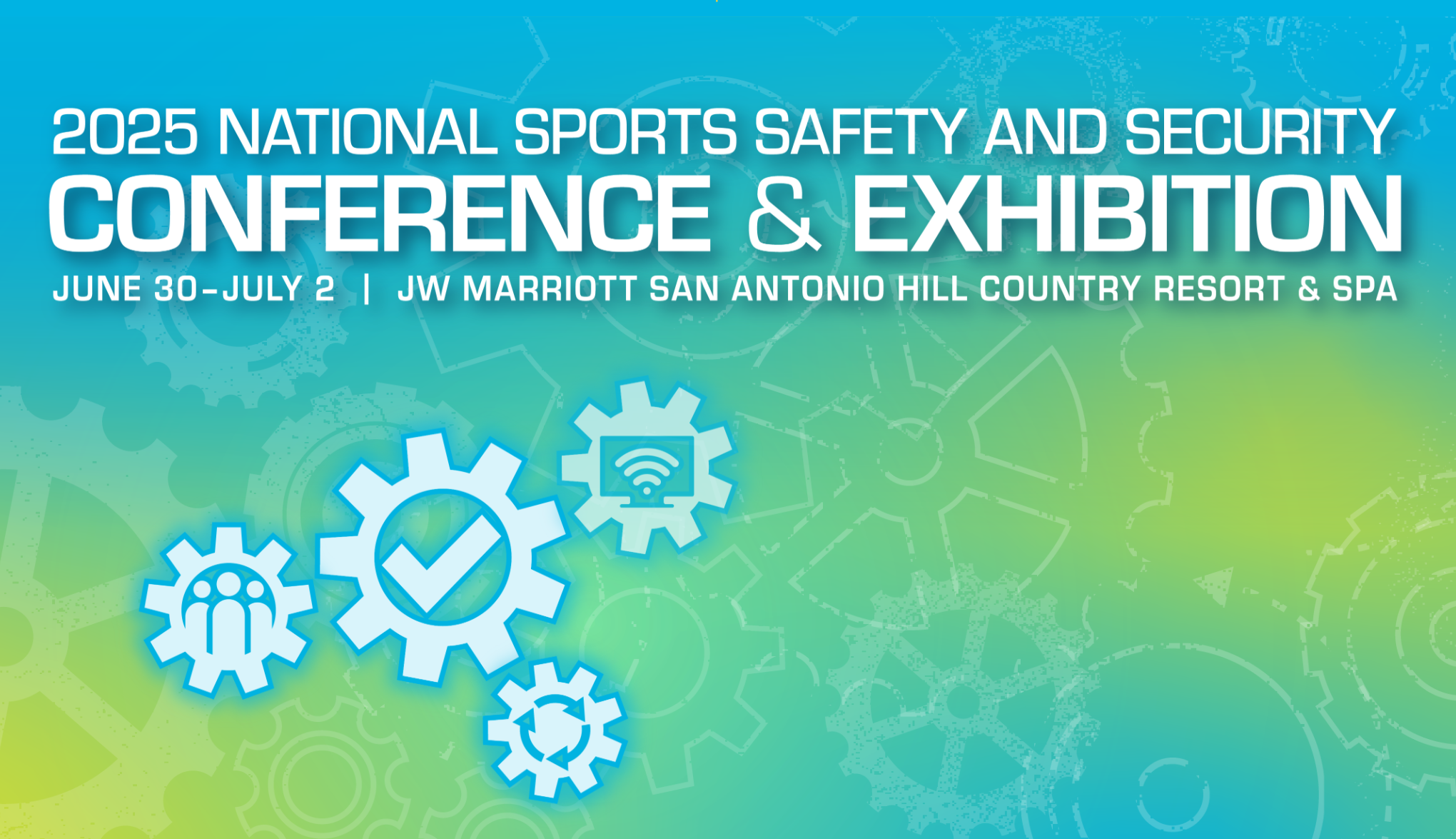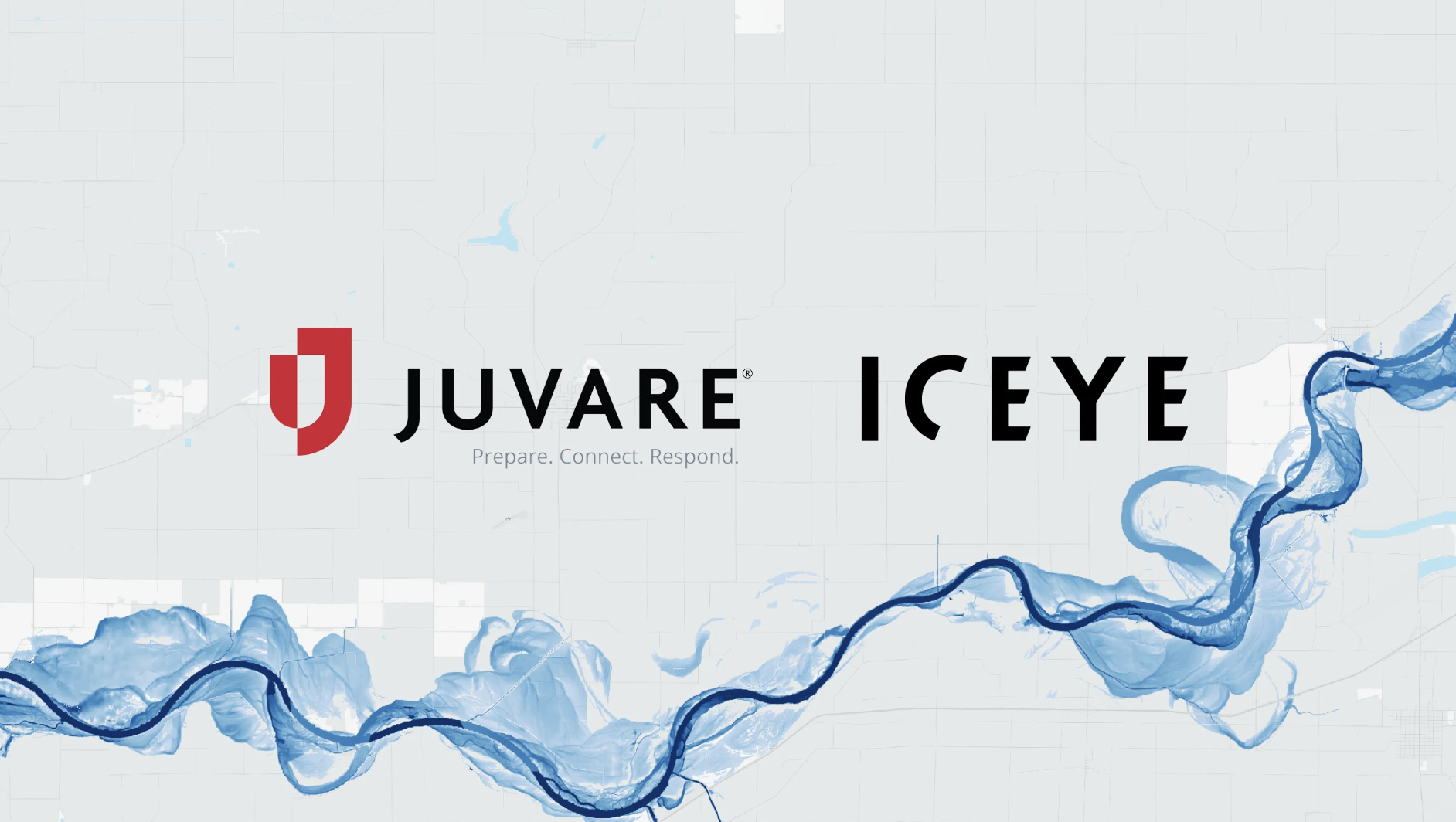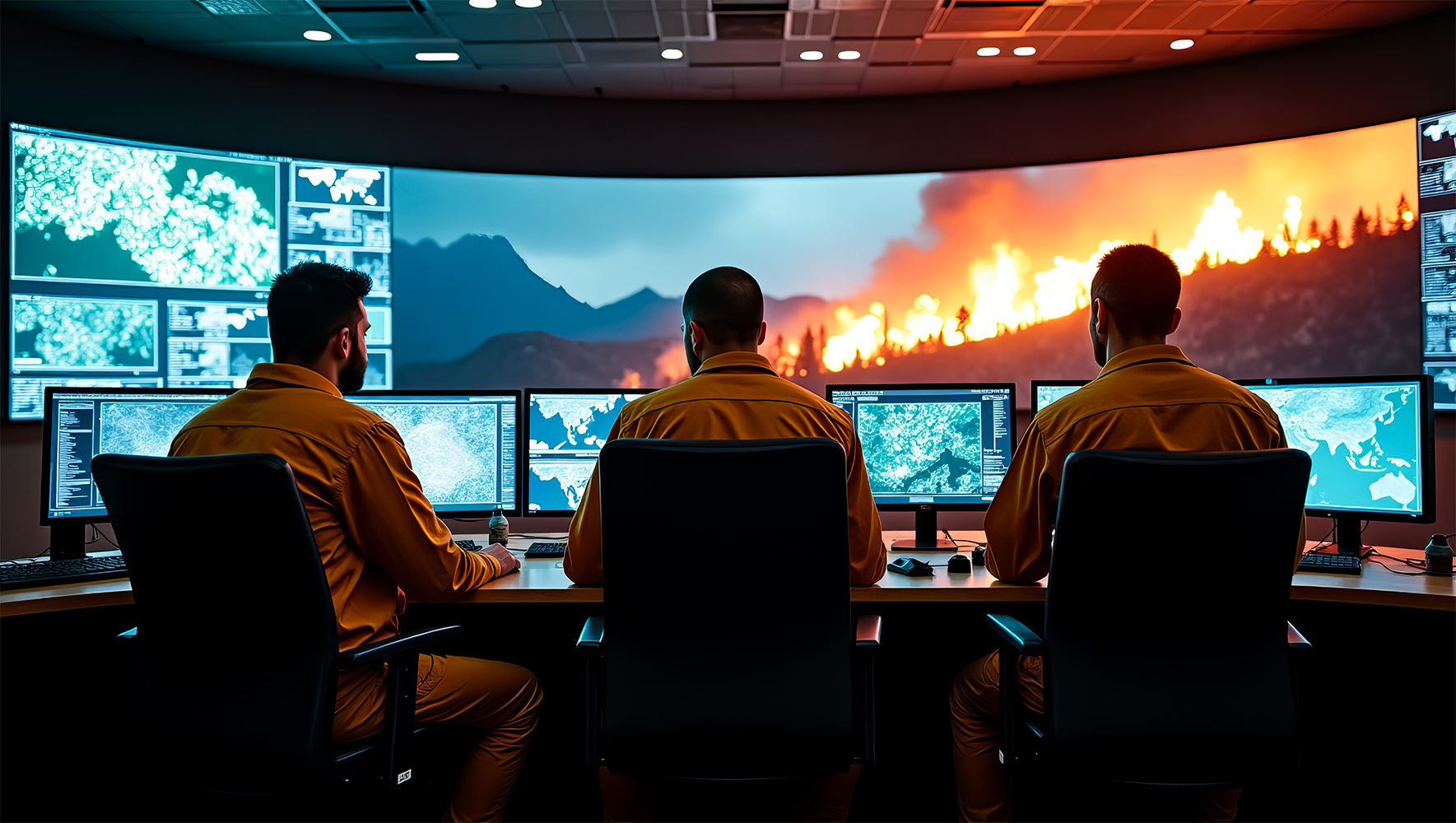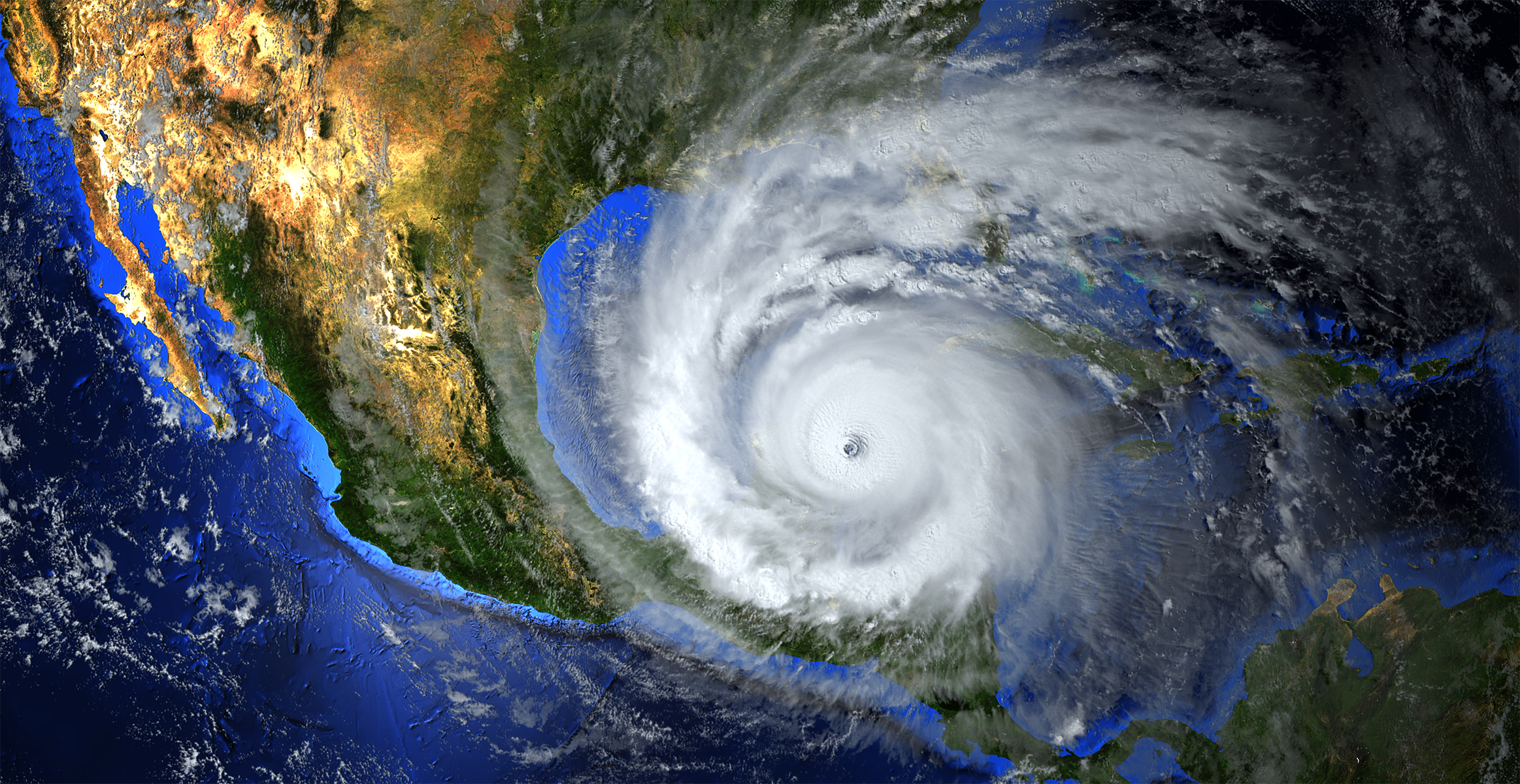If there’s one thing that the COVID-19 pandemic has brought about (and there are thousands of things), it’s a seemingly endless stream of decisions that have to be made that affect everything from public health and safety, to school closures, and supply chain dilemmas.
Technically speaking, a decision is defined as “a conclusion or resolution reached after consideration.” But consideration of what exactly? If you don’t have all the information you need, it can affect the quickness of your decision – or, if you have to make a decision quickly without all the information you need, it can affect the value or effectiveness of the decision.
As emergency and healthcare managers struggle to keep up with ever-increasing number of decisions that have to be made, there are certain critical incident management tools that are necessary to increase the accuracy, speed, and effectiveness of your decision making.
An effective critical incident management platform or solution can make a substantial difference in decision making to prepare for, respond to, and recover from critical incidents. The best critical incident management platform is one that gives your organization a number of capabilities including:
1. Complete Situational awareness – In a crisis situation, the best decisions are made with a full understanding of events as they are happening. Armed with accurate information, you can make better decisions faster. [Read more about how Juvare solutions are helping healthcare agencies to maintain situational awareness of supply chain issues]
Solutions like Juvare WebEOC and Juvare Exchange also utilize Geographic Information Systems (GIS) to help provide more insightful information and integrate with other systems to leverage existing datasets and analysis tools. GIS is the foundation of situational awareness as it gives greater insight into some things you can’t necessarily see or may not have seen before. GIS technology is used to show users where resources are, and also to perform analysis to help guide you to make the right decisions.
2. Common Operating Picture – Decisions are easier to make when everyone is “on the same page” regarding all the necessary information. Having a common operating picture (COP) including a centralized location for information and data available across multiple locations and devices, for organization-wide, community, or state level events gives you the situational awareness you need. A true, real-time, comprehensive common operating picture ensures that the information is reliable and accurate – and that other stakeholders are all working from the same set of data.
3. Dashboards – a dashboard that contains critical information in an easily viewable format, including real-time operational status and visibility of available resources, is key in providing organized summaries or SitReps (situation reports) with actionable information that can be easily provided to the right people in the right positions at the right time – enabling a prompt, well organized, and effective response to an incident.
Dashboards can provide information about current, active incidents, identify the type of emergency, and supply a means to communicate details to all relevant stakeholders.
4. Collaboration and communication – The COVID-19 crisis has required many co-workers, contacts, and stakeholders to work from remote locations, so it’s vital to have a platform and processes in place to collaborate and share key pieces of information needed for your response. To get your communications in better shape for a process with strength and agility, you want that information to be disseminated in a way that allows and encourages collaboration. In this type of collaborative process, forms, reports, and information entered into the system can be visualized in maps and dashboards summarizing key information and metrics. Users can update information on important tasks that need to be completed, they can log incidents and events, and coordinate teams while working together in group or one-on-one chats – collaborating on important matters in real time.
To explore more ways to get your emergency communications in shape, download our white paper 8 Tips to Improve Your Emergency Management Communications.
5. Expert support – It’s not a stretch to say that good support can improve decision making for emergency preparedness and response, as well as maximize a solution’s effectiveness and return on investment. Organizations using state-of-the-art emergency management software benefit not only from support and assistance with the technology itself, but also from the expertise and capabilities of experts who are knowledgeable in emergency management best practices – who can help ensure the right processes and solutions are in place when unexpected events occur.
Learn more about how Juvare solutions help with critical decision making in emergencies, disasters, planned events, and day-to-day incidents.











